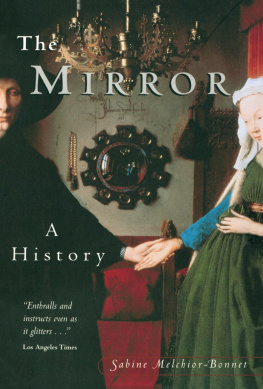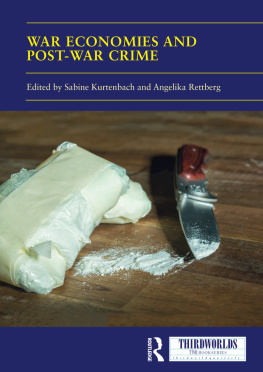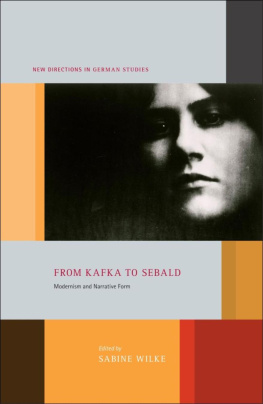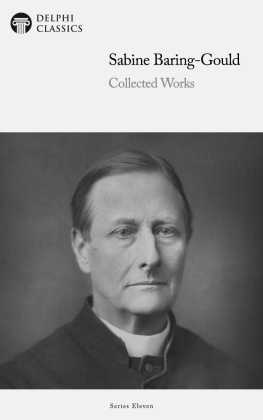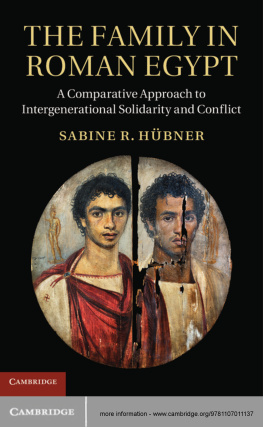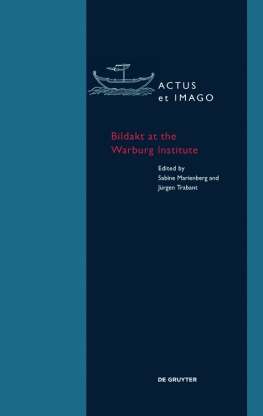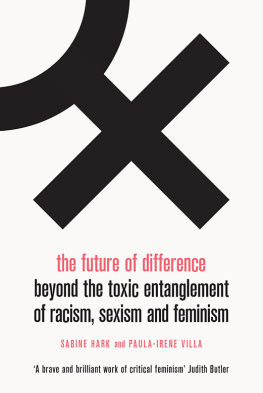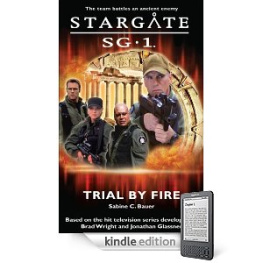Introduction
Many modern films produce disturbing effects and disorient the spectator. They transgress or abrogate standard narrative situations and configurations, question premises of causality and coherence, or obscure the distinction between (fictional) reality and fiction. In order to describe ludic devices of this kind systematically we need new narratological concepts. In this volume we present such a concept, perturbatory narration: a concept designed to describe complex narrative strategies that disrupt immersion in the acquired process of aesthetic reception.
Perturbatory narration is a heuristic concept, and as such subject to Mieke Bals caveat: Concepts are sites of debate, awareness of difference, and tentative exchange. Agreeing doesnt mean agreeing on content, but agreeing on the basic rules of the game: if you use a concept at all, you use it in a particular way so that you can meaningfully disagree on content (Bal 2002, 25). In this sense, the concept proposed in these pages is applicable to a specific type of irritating narrative for which narratology has not yet found an appropriate classification, enabling typification and systematization of moments of narrative perturbation.
As such it takes up and further pursues the concept of paradoxical narration in literary texts developed in the Hamburg research group on narratology (19982002) by Klaus Meyer-Minnemann and Sabine Schlickers, and later extended by Schlickers in its analytic and typological dimensions to the field of film. Textual work with this larger transmedial corpus repeatedly encountered the combination of perturbatory narrative devices mentioned above a cluster whose complex interactions had not yet entered the ambit of research. Schlickers (2015a) initially investigated the occurrence of these phenomena in the Argentine film El Aura (2005), which combines features of unreliable and fantastic narrative: The disruptive impact [of this film] derives from a juxtaposition of unreliability with the ambiguity typical of fantastic narration (Schlickers 2015a, 13): In the end, these two at first glance mutually exclusive readings of the film are both possible, both intended, and both equally convincing. The coexistence in many literary and filmic narrations of what seemed incompatible narrative strategies gave rise to a narratological dilemma. It was with the intention of subsuming and integrating this complex interplay of deception, paradox and/or empuzzlement into the critical consideration of literature and film that we developed the model of combined narrative devices and the framing concept of perturbatory narration.
which allows systematization of individual devices and perturbatory strategies in their ludic interplay.
1Narrativity and content
As a narrative principle, perturbatory narration is seen as text-related and hence as referring to a combination of narrative strategies whose dislocating impact can be reinforced by dislocating content: presentations of physicality and violence exciting fear and revulsion, as well as dystopias, horror films, death and accident fantasies and/or scenarios are certainly perturbing, but they only fall within the ambit of perturbatory narration if they reveal its formal procedures.
In its present application perturbatory narration is restricted to fictional narratives: our modeling is based on the double speech act situation that marks such texts as more complex than factual ones. But our broad concept of fiction extends to hybrid genres like mockumentary or docufiction, even though these may employ some of the authentication strategies of factual discourse., which, following Kuhn (2011), can be split into a visual and a verbal narrational instance.
As every narrational form [entails] a (re)construction of causal relations between events occurring in time i. e. events following not only on each other but from each other (Abel, Bldorn and Scheffel 2009, 1) texts that bypass such relations have a particularly disruptive impact. The close contextual relation between narrativity and cognition in the creative-receptive process is addressed by David Lynch when, speaking of his film Inland Empire (2006), he says that he intends his viewers to experience, not to understand (cf. Oliver Schmidts article in this volume). Despite its extreme incoherence, the films narrative skeleton is inherently constitutive of the perturbation it evokes (cf. Jrg Trschmanns article on subtractive cinema, a mode whose minimal narrativity and virtual absence of events confirms these premises).
2The narrative doxa
The initial task is to indicate what narrative conventions are, in fact, questioned, transgressed, abrogated, or given new life by perturbatory narration. Here we appeal to the doxa the consistent set of conventions governing the narrative systems of the age. This applies to both aspects: the narrated ( histoire/nonc ) and the structure and mode of its narration ( discours/nonciation ). Perturbatory narration is concerned primarily with the narrational constituents of the doxa; but, given the vital link between narration and narrated, it frequently extends to the narrated. Whatever the case, the regulatory mechanisms only become visible when their transgression or abrogation becomes visible. Hence reflecting the need for consistency and coherence precise textual determination of the individual instances, levels and components of the narrative system is central to our conception of perturbatory narration. Film studies on complex and confusing narrative structures generally describe these as deviating from classical Hollywood conventions, especially with regard to spatiotemporal causality (Bordwell 1985; 2006).
The following description of the doxa is based on the systematization of paradoxical narration in literary texts (cf. Grabe et al. 2006). However, we are concerned here with the logical significance of paradox not only as an irresolvable contradiction but as para -doxa against the doxa in the senses described above. The first fundamental distinction in this respect is that between the levels of discours/nonciation and histoire/nonc .We would add that the narrated (and hence the narrator) must belong unambiguously to a specific level of communication and fiction: if the act of narration, for example, is extradiegetic, it cannot later suddenly become intradiegetic without becoming paradoxical. If the narrator is autodiegetic, he/she cannot at the same time and in relation to the same story be heterodiegetic.






